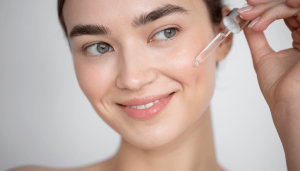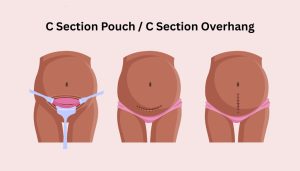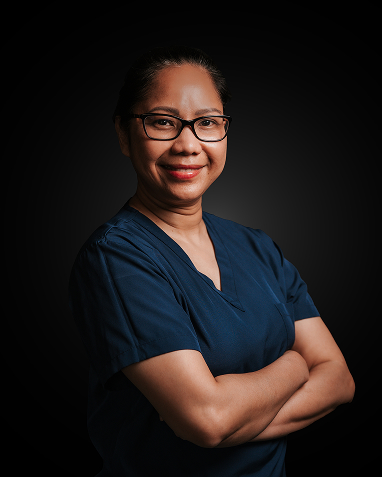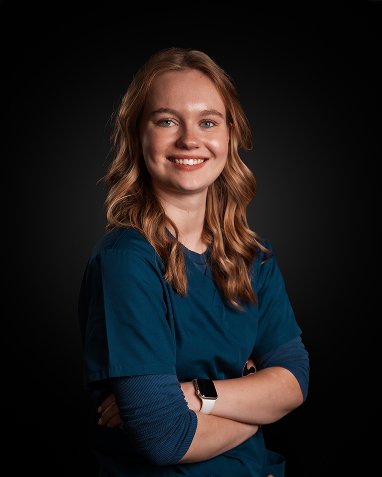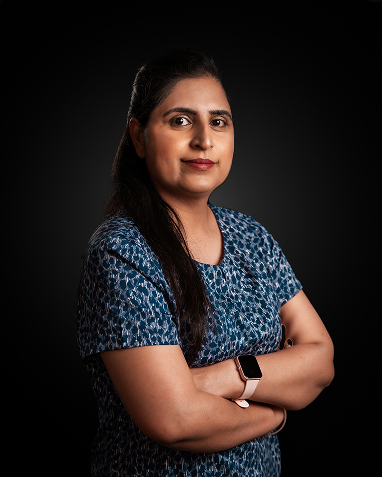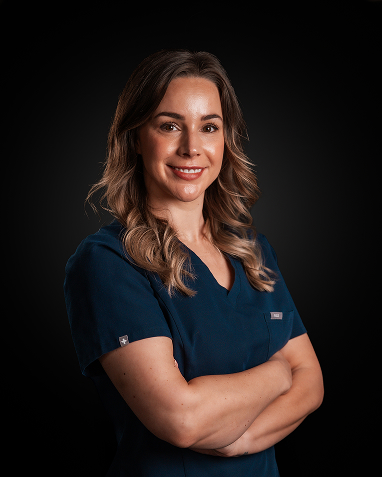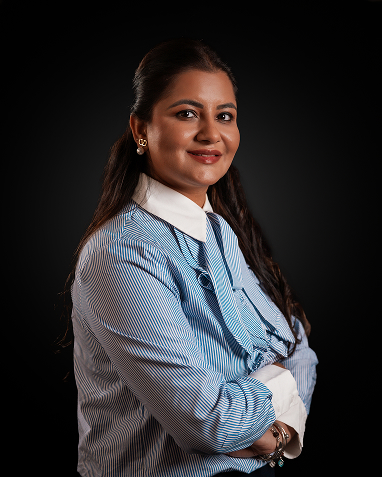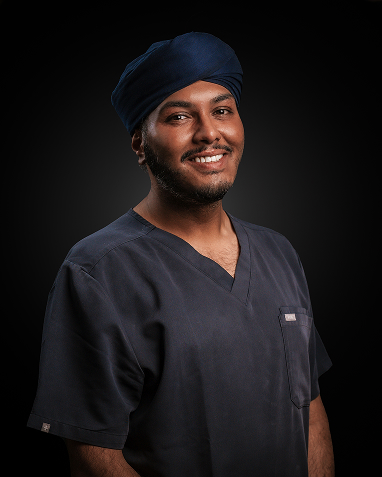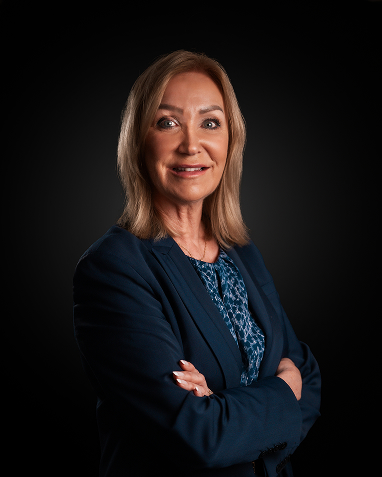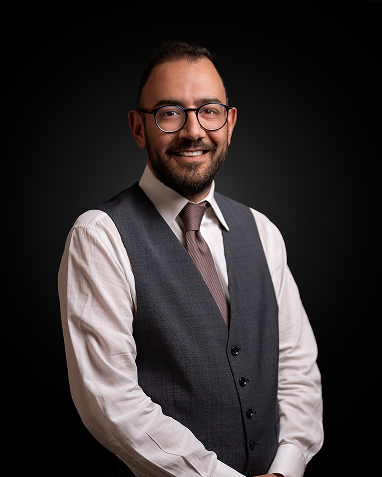Understanding cheek filler swelling stages and aftercare can help you achieve the desired results.
Fillers in the cheeks are a very popular beauty procedure that makes cheeks appear fuller and younger. Most people get fillers to enhance volume, define their faces, or eliminate signs of ageing.
Some swelling is expected after receiving cheek fillers. This is part of the healing process, and it will subside in time. Knowing what to expect while these stages resolve can help you feel more at ease and content with your outcome. In this blog, we will discuss the swelling phases and how to care for your cheeks post-treatment.
Here’s the Timeline of Cheek Filler Swelling Stages
Stage 1— Day 1-2: Initial Swelling
Immediately after the treatment, your cheeks might appear puffier than usual. This is normal, as your body responds to the filler by pumping more fluids into the area. Your skin will feel tight, and you might experience some redness or bruising. One side might even be more swollen than the other.
Meanwhile, your cheeks can be a bit taut. Don’t worry—this is the filler just settling. The swelling peaks at its most extreme during the first 48 hours, but have no fear—it will begin to decrease shortly.
Stage 2— Days 3-7: Gradual Decrease in Swelling
By the third day of the cheek filler swelling stage, you will begin to see that the puffiness is beginning to subside. Your cheeks will still be slightly puffy, but the puffiness will subside every day. The tiny bruises that you had will start to disappear.

Ready to achieve your aesthetic goals?
- CQC-Registered Clinic with Nationally Recognised Leadership
- Over a Decade of Surgical & Aesthetic Expertise
- Personalised treatment plans tailored to your needs
At this point, some regions of your cheeks may be tighter than others. This is normal, and the filler will eventually soften. If your cheeks continue to appear unevenly, do not panic—this will normalise within the next few days.
Stage 3— Week 2: Filler Nearly Settled
How long does cheek filler stay swollen? By the second week, most of the swelling should have disappeared, and your cheeks will begin to look more natural. The filler will be incorporated into your skin, and your face will feel significantly softer. Any residual mild swelling will be barely noticeable.
This is when you can see your final results. If your cheeks still feel slightly firm, wait longer—fillers take a few weeks to settle. However, watch out for the signs of cheek fillers gone wrong.
Stage 4— Week 3-4: Final Results Giving a Natural Appearance
When does cheek filler look its best? By the third or fourth week, your cheeks will be fully settled. The filler will be soft and natural as the cheek filler swelling stages have resolved. Any tiny lumps or unevenness you saw beforehand will have smoothed out. Now, you can appreciate your final results!
If you like the appearance, wonderful! If you feel you need a bit more volume, you can ask your doctor about a small touch-up.
Cheek Filler Aftercare Tips for Best Results
Caring for your cheeks after fillers will reduce swelling and provide you with the best outcome. Here are some easy tips:
General Care
- Avoid touching your cheeks excessively. It will allow the filler to settle on its own.
- Sleep with your head slightly raised to prevent additional swelling.
- Stay hydrated by drinking lots of water, as it aids in healing your body.
- Avoid alcohol and salty foods, as they may prolong swelling.
- Use a cold compress with the help of a cold pack to your cheeks gently for the initial 24 hours to manage swelling.
Skin & Facial Care
- Avoid facials, massages, and beauty treatments for at least two weeks.
- Go easy on your skin. Avoid scrubbing your face or using harsh skincare products such as retinol.
- Avoid direct sun and heat. For a couple of days, avoid tanning, saunas, and hot showers.
Activity & Lifestyle Changes
- Avoid strenuous exercise for 48 hours, as it may increase your blood pressure and produce heat, worsening swelling.
- Eat soft foods to avoid too much chewing. It may cause mild discomfort initially.
- Do not smoke, as it delays healing and impacts how long your filler will last.
When to See a Doctor During Cheek Filler Swelling Stages
Everyone heals well, and swelling subsides on its own. Yet, in exceptional circumstances, you should consult your doctor. Visit a doctor if:
- You experience severe pain or see swelling that is severe and does not subside.
- Your cheeks appear excessively red, are hot, or contain pus (which may be an infection).
- Swelling persists for more than two weeks without improvement.
- You notice lumps that do not go away after a few weeks.
Doctors are there to serve you, so do not hesitate to ask if you have doubts.
Final Thoughts
Cheek fillers Leeds is a quick and safe procedure. Swelling is a normal reaction to the healing process, which is resolved in stages. Your cheeks will initially be puffy, but this will improve in a few weeks. Good aftercare can reduce swelling and provide the best results.

Ready to achieve your aesthetic goals?
- CQC-Registered Clinic with Nationally Recognised Leadership
- Over a Decade of Surgical & Aesthetic Expertise
- Personalised treatment plans tailored to your needs
Remember to take your healing journey patiently. In week four, your cheeks will be soft, natural, and stunningly improved. If you have any questions at any time, your doctor will always be around to assist.
Enjoy your rejuvenated, young appearance with confidence!
FAQs
1. Will cheek filler lumps go away?
It’s normal to experience firmness in the treated area during the initial weeks following cheek filler injections. This firmness typically resolves within four weeks as the filler integrates with the surrounding tissue.
2. How long does cheek filler stay hard?
Cheek fillers may feel firm at first, but this usually softens within one to two weeks as the filler settles into the skin. Stay patient, and the texture will improve naturally.
3. What does a bad cheek filler look like?
It can look uneven, lumpy, overfilled, or asymmetrical. In some cases, it may cause bruising or excessive swelling.
4. What is the fastest way to reduce filler swelling?
Apply ice packs, stay hydrated, avoid salt and alcohol, and elevate your head. If your provider advises it, gentle massage may help advises it.


